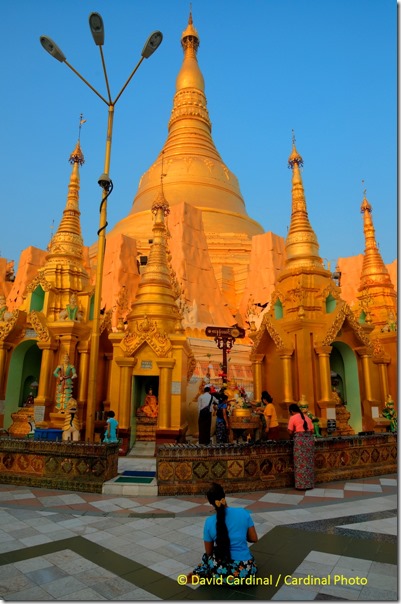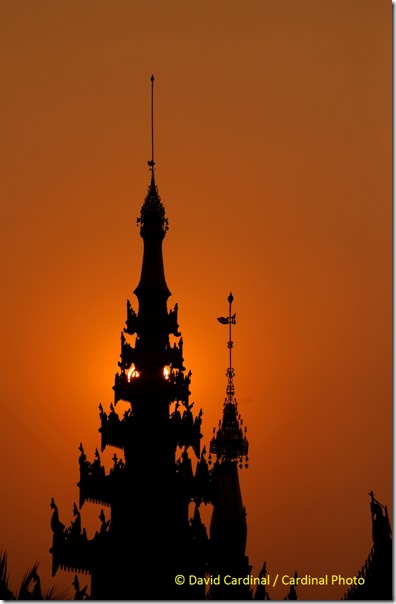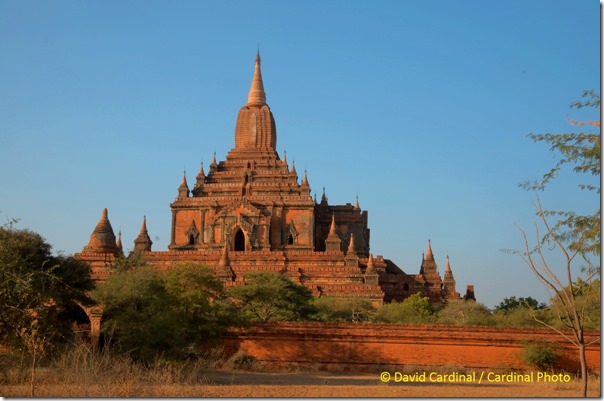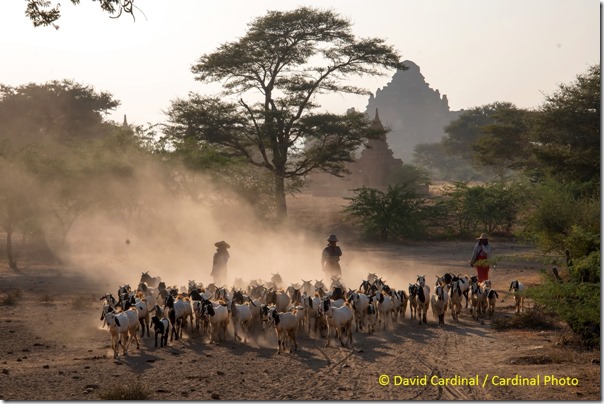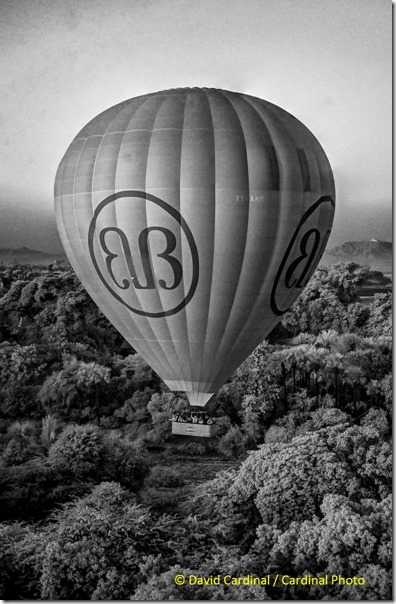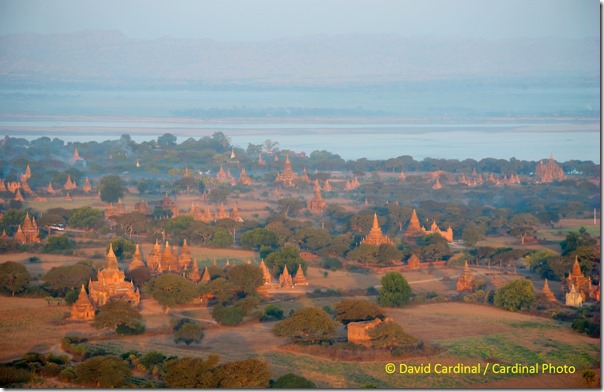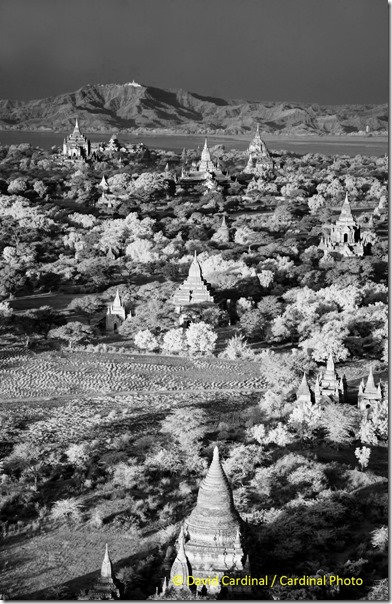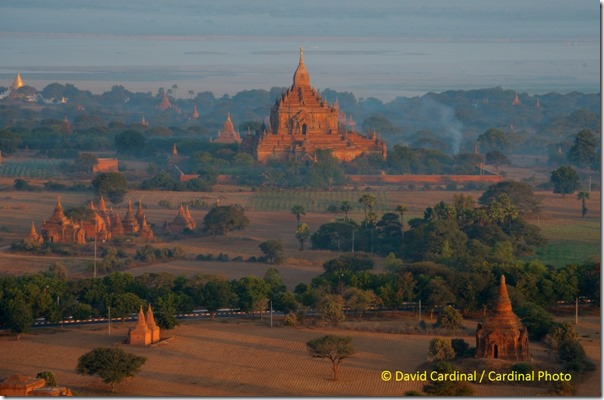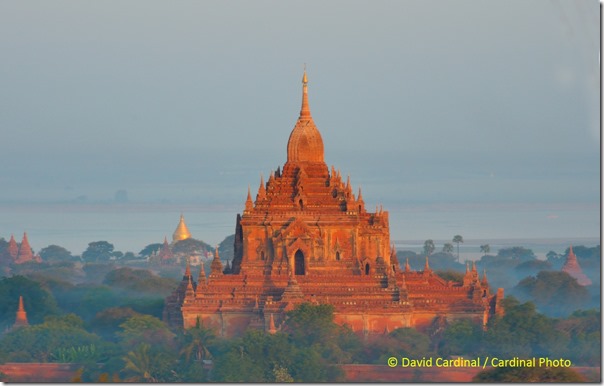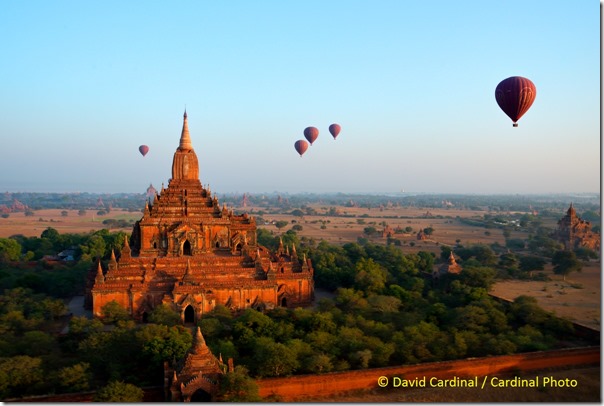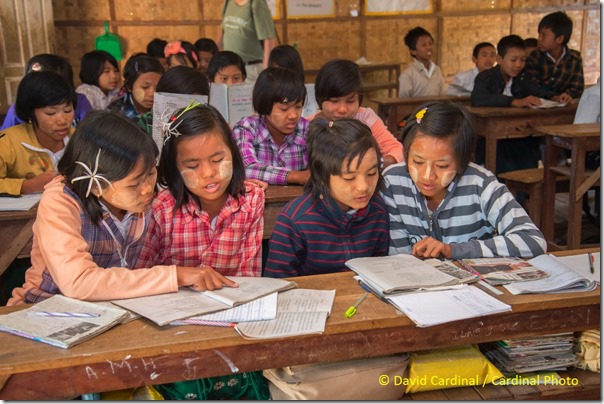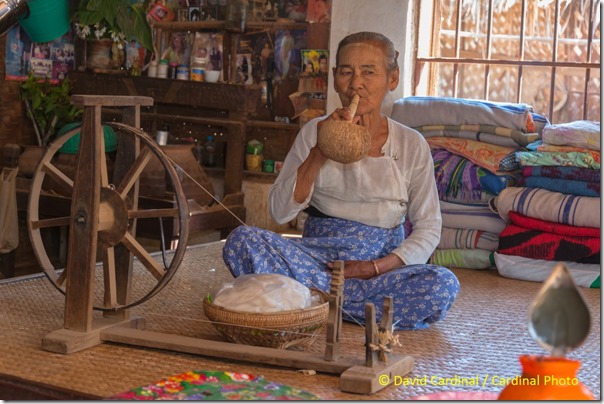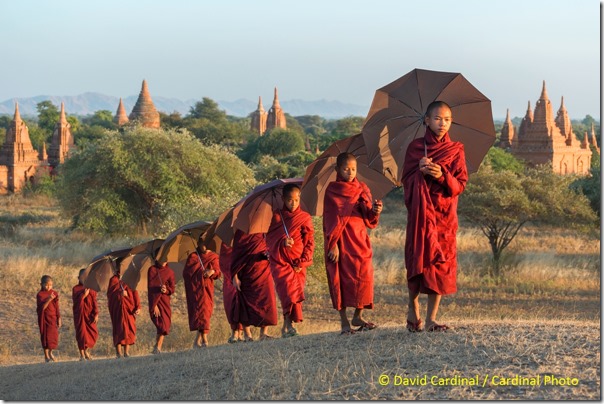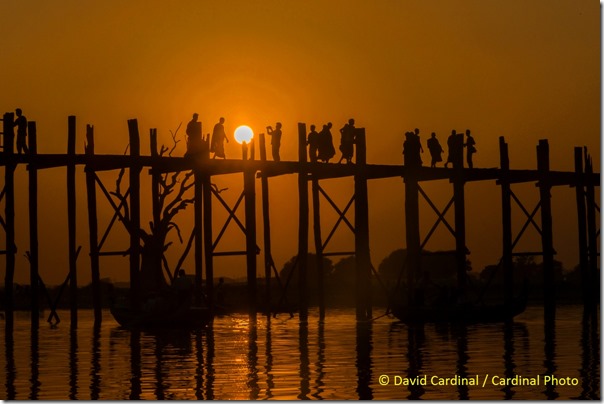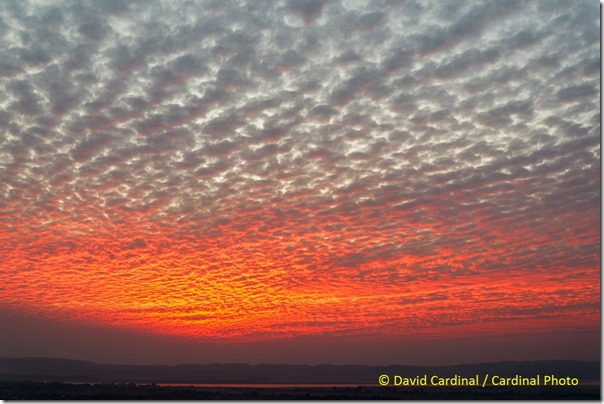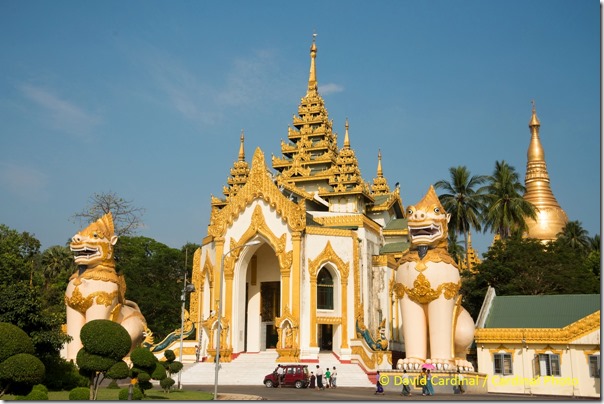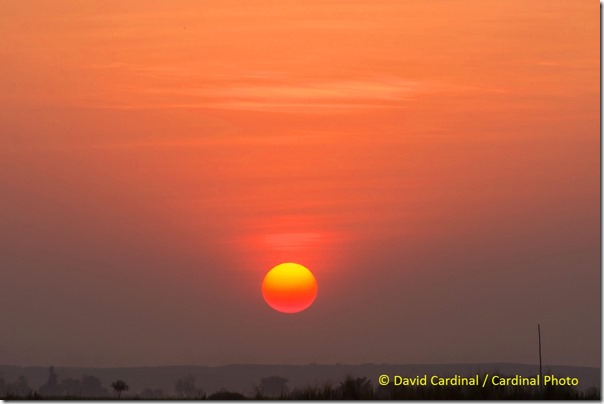- Photo Safaris
- Alaska Bears & Puffins World's best Alaskan Coastal Brown Bear photo experience. Small group size, idyllic location, deluxe lodging, and Puffins!
- Participant Guestbook & Testimonials Candid Feedback from our participants over the years from our photo safaris, tours and workshops. We don't think there is any better way to evaluate a possible trip or workshop than to find out what others thought.
- Custom Photo Tours, Safaris and Personal Instruction Over the years we've found that many of our clients & friends want to participate in one of our trips but the dates we've scheduled just don't work for them or they'd like a customized trip for their family or friends.
- Myanmar (Burma) Photo Tour Myanmar (Burma) Photo Tour December 2017 -- with Angkor Wat option
- Reviews Go hands-on
- Camera Reviews Hands-on with our favorite cameras
- Lens reviews Lenses tested
- Photo Accessories Reviews Reviews of useful Photo and Camera Accessories of interest to our readers
- Useful Tools & Gadgets Handy tools and gadgets we've found useful or essential in our work and want to share with you.
- What's In My Camera Bag The gear David Cardinal shoots with in the field and recommends, including bags and tools, and why
- Articles About photography
- Getting Started Some photography basics
- Travel photography lesson 1: Learning your camera Top skills you should learn before heading off on a trip
- Choosing a Colorspace Picking the right colorspace is essential for a proper workflow. We walk you through your options.
- Understanding Dynamic Range Understanding Dynamic Range
- Landscape Photography Tips from Yosemite Landscape Photography, It's All About Contrast
- Introduction to Shooting Raw Introduction to Raw Files and Raw Conversion by Dave Ryan
- Using Curves by Mike Russell Using Curves
- Copyright Registration Made Easy Copyright Registration Made Easy
- Guide to Image Resizing A Photographers' Guide to Image Resizing
- CCD Cleaning by Moose Peterson CCD Cleaning by Moose Peterson
- Profiling Your Printer Profiling Your Printer
- White Balance by Moose Peterson White Balance -- Are You RGB Savvy by Moose Peterson
- Photo Tips and Techniques Quick tips and pro tricks and techniques to rapidly improve your photography
- News Photo industry and related news and reviews from around the Internet, including from dpreview and CNET
- Getting Started Some photography basics
- Resources On the web
- My Camera Bag--What I Shoot With and Why The photo gear, travel equipment, clothing, bags and accessories that I shoot with and use and why.
- Datacolor Experts Blog Color gurus, including our own David Cardinal
- Amazon Affiliate Purchases made through this link help support our site and cost you absolutely nothing. Give it a try!
- Forums User to user
- Think Tank Photo Bags Intelligently designed photo bags that I love & rely on!
- Rent Lenses & Cameras Borrowlenses does a great job of providing timely services at a great price.
- Travel Insurance With the high cost of trips and possibility of medical issues abroad trip insurance is a must for peace of mind for overseas trips in particular.
- Moose Peterson's Site There isn't much that Moose doesn't know about nature and wildlife photography. You can't learn from anyone better.
- Journeys Unforgettable Africa Journeys Unforgettable -- Awesome African safari organizers. Let them know we sent you!
- Agoda International discounted hotel booking through Agoda
- Cardinal Photo Products on Zazzle A fun selection of great gift products made from a few of our favorite images.
- David Tobie's Gallery Innovative & creative art from the guy who knows more about color than nearly anyone else
- Galleries Our favorite images
Myanmar (Burma) Trip Report: Images and their stories from our recent photo tour
Myanmar (Burma) Trip Report: Images and their stories from our recent photo tour
Submitted by David Cardinal on Mon, 02/11/2013 - 09:49
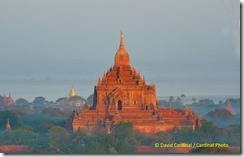 After our visit to Cambodia and the temples of Angkor, we headed to Yangon in Myanmar, to meet the rest of the group and begin our trip through some of the major historical and culturally important areas of the country. We began in Yangon, by far the largest and most important city in Myanmar. Called Rangoon by the British, it was restored to its traditional name after independence.
After our visit to Cambodia and the temples of Angkor, we headed to Yangon in Myanmar, to meet the rest of the group and begin our trip through some of the major historical and culturally important areas of the country. We began in Yangon, by far the largest and most important city in Myanmar. Called Rangoon by the British, it was restored to its traditional name after independence.
Yangon: Lifeblood of Myanmar
No trip to Myanmar would be complete without a visit to the Shwedagon. Most famous for its gold-covered stuppa reportedly containing nearly 100 tons of gold, the Shwedagon is the religious mecca for many Theravada Buddhists. Unlike most of the Khmer temples we visited in Cambodia, the Shwedagon is full of life, with active worshippers greatly outnumbering tourists. The temple is so complex and has so many shrines and locations, that it is difficult to know where to start and stop. Personally I love vertically-framed shots running from a prayerful worshipper in the foreground to the full height of the stuppa in the background:
Because it is a working place of worship, the Shwedagon features plenty of lighting, like the “streetlamp” in this image. The best I could do was move around to make sure the light pole separated from the dome, for easy removal later in Photoshop.
Sunset is a special time at the Shwedagon, so we always plan to be there for the event. No two sunsets are the same, though, so part of the pre-sunset ritual is scurrying around to look for a compelling image. This year some of the spires I have photographed in the past were covered with scaffolding, but by photographing from one of the raised platforms I was able to get this shot of the Sun peaking through both sides of a colorful pagoda spire:
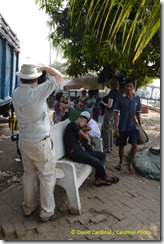 While tourists know Yangon mostly for the Shwedagon, it is also the commercial hub for Myanmar. Rail, road, and sea all come together. Many ships are still loaded and unloaded by hand. As long as we stay out of their way, the stevedores are more than happy to have us photograph them, as it makes for a break from their otherwise very repititive daily routine.
While tourists know Yangon mostly for the Shwedagon, it is also the commercial hub for Myanmar. Rail, road, and sea all come together. Many ships are still loaded and unloaded by hand. As long as we stay out of their way, the stevedores are more than happy to have us photograph them, as it makes for a break from their otherwise very repititive daily routine.
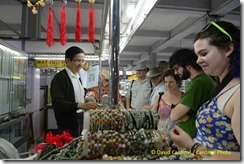 Of course shopping is an important part of most people’s vacations. Scott Market in Yangon is not only a colorful location to photograph, but home to a nearly endless array of souvenirs, antiques, jewelry and gems. Here our favorite jewelry vendor explains the difference between different types of jade to a few of our participants.
Of course shopping is an important part of most people’s vacations. Scott Market in Yangon is not only a colorful location to photograph, but home to a nearly endless array of souvenirs, antiques, jewelry and gems. Here our favorite jewelry vendor explains the difference between different types of jade to a few of our participants.
Bagan: Village life and the plain of temples
An early morning flight from Yangon brought us to Bagan (also known by the spelling Pagan), home to over 4,000 temples, pagodas and shrines dating from nearly a thousand years ago to a few hundred. The sight is almost unbelievable, as there are literally temples nearly everywhere you look.
One afternoon a few of us were out scouting locations for a sunset shoot the next day and realized we weren’t the only ones out by the temples. Several herds of cows and goats, along with their herders, were ambling past us on the way to a reservoir to get their evening drink. With the dust they kicked up and the temples in the background, the scene captured quite a bit of everyday life for many rural Burmese. The trick was getting a good angle while not getting run over by the animals – who moved surprisingly quickly as they got close to the water.
Early-morning hot-air ballooning is one of the highlights of any trip to Bagan. When it first started a decade ago, the British operator was lucky to have one or maybe two balloons go up on any given morning. Now it was common for seven balloons to fly on a morning during tourist season, with an eighth planned for next year. I took my “full-spectrum” converted Nikon D7000 up with me and shot a lot of Infrared images, like this one of another balloon. Conversion to B&W was done using the High Structure preset in nik Silver Efex.
The real treat from the balloons is the view of the seemingly endless plain of temples that is hard to visualize any other way. Everywhere you turn is a vista with dozens, if not hundreds, of stuppas of various shapes and sizes. The Irrawaddy River glides silently by in the background, the same river we’d be sailing on later that day and then the next week.
It was hard to decide when to shoot color and when to shoot Infrared, since the temples can look great either way. I switched the Nikon D7000 back and forth between the two modes (by changing the screw-in lens filter) several times. Infrared shots like the one below have the advantage of doing a slightly better job of cutting through the haze (the longer wavelengths of light comprising near-IR are not pushed aside as easily by particles in the atmosphere):
Color images are also dramatic, as they feature the golden sunlight of early morning:
All the balloon pilots in Bagan are excellently trained to provide a great experience. They vary altitudes from high to low, allowing not just panoramic views of the plain of temples, but also “eye level” views of some of the larger individual temples:
One great thing about having plenty of balloons in the air is the variety of compositions available with arrangements of the other balloons amongst the temples.
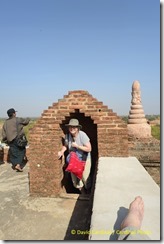 Other than in a balloon, the best way to get a great view of parts of the plain of temples is from the rooftop of another temple. This sometimes means a little hunched-back climbing of narrow inside stairways, but the resulting views and photo opportunities are definitely worth it. Here Carol finds herself pleased that she isn’t one of the taller members of our group.
Other than in a balloon, the best way to get a great view of parts of the plain of temples is from the rooftop of another temple. This sometimes means a little hunched-back climbing of narrow inside stairways, but the resulting views and photo opportunities are definitely worth it. Here Carol finds herself pleased that she isn’t one of the taller members of our group.
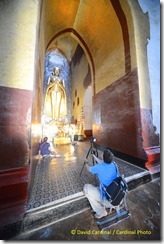 After finally deciding to bring a tripod on the trip, Will made good use of it for HDR shots like this one he is lining up at Ananda temple. Even though tourism has increased dramatically in Myanmar, we were still able to get good, clean photographic opportunities at major sites like this one. Lesser temples were predictably mostly empty.
After finally deciding to bring a tripod on the trip, Will made good use of it for HDR shots like this one he is lining up at Ananda temple. Even though tourism has increased dramatically in Myanmar, we were still able to get good, clean photographic opportunities at major sites like this one. Lesser temples were predictably mostly empty.
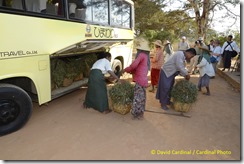 One of the best things about traveling in Myanmar is the sense of community and local people helping each other. While we were photographing outside a small temple, a group of women walked by carrying heavy loads of crops in baskets over their shoulders. It turned out that they were from the village that we planned to visit later that morning – which was several miles away. So we loaded their baskets into the luggage compartments of our bus and gave them a lift home. They were not only thankful, but I’m sure it made for a story they could tell in the weeks and months to come. They may never have even been on a bus before, and certainly never hitched a ride on one. Needless to say when we got to their village to photograph we were treated well!
One of the best things about traveling in Myanmar is the sense of community and local people helping each other. While we were photographing outside a small temple, a group of women walked by carrying heavy loads of crops in baskets over their shoulders. It turned out that they were from the village that we planned to visit later that morning – which was several miles away. So we loaded their baskets into the luggage compartments of our bus and gave them a lift home. They were not only thankful, but I’m sure it made for a story they could tell in the weeks and months to come. They may never have even been on a bus before, and certainly never hitched a ride on one. Needless to say when we got to their village to photograph we were treated well!
The village we visited that day had a very healthy looking school. Students learn English from an early age, and their math studies looked to be on a par with the lessons found in other similar schools around the world. However, much of the Buddhist teaching style revolves around memorization and recitation. This allows for large class sizes and a synchronized curriculum throughout the country, but not necessarily for the best language or problem-solving skills. It was great to see the students in this class working together on exercises. Many times when we have visited classes in Myanmar they were strictly listen and repeat:
Elsewhere in the village an older woman was weaving and making smoking a cheroot – a traditional cigar made with corn husks favored by many old women. She was more than happy to explain what she was doing and pose for us. The scene was a great opportunity for us to discuss lighting and dynamic range. The bright light streaming through the window required some special handling given the dark interior.
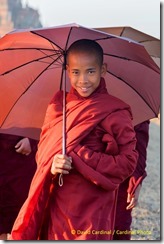 Buddhist monks and novices are not allowed to put anything between themselves and the sky. So they shave their heads and do not wear hats. Umbrellas or parasols to protect their heads from the sun are permissible though. We had a great time photographing these novices as they walked up a hill that was an ancient pottery kiln many centuries ago – with some of the thousands of pagodas around Bagan in the background.
Buddhist monks and novices are not allowed to put anything between themselves and the sky. So they shave their heads and do not wear hats. Umbrellas or parasols to protect their heads from the sun are permissible though. We had a great time photographing these novices as they walked up a hill that was an ancient pottery kiln many centuries ago – with some of the thousands of pagodas around Bagan in the background.
Depth of field was on display as we made these photographs. A shallow DOF called attention to the front novice with a defocused background fading off. I picked a middle ground for this image, shooting at f/5.5 @ 70mm full frame, which gave me a clean image of the first couple novices, but defocused the pagodas in the distance and even the novices at the tail end of the line.
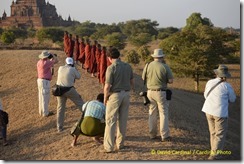 Photographing the novices was a lot of fun for everyone. There were plenty of opportunities to experiment with different backgrounds, compositions and perspectives.
Photographing the novices was a lot of fun for everyone. There were plenty of opportunities to experiment with different backgrounds, compositions and perspectives.
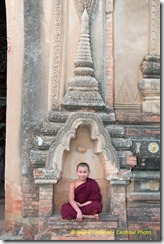 We talked this young novice into posing in a niche originally occupied by a statue of the Buddha. He had a hard time keeping a straight face. I’d like to think that the Buddha would also have found it amusing.
We talked this young novice into posing in a niche originally occupied by a statue of the Buddha. He had a hard time keeping a straight face. I’d like to think that the Buddha would also have found it amusing.
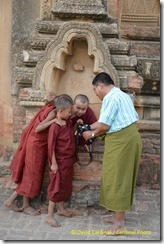 The novices we worked with had never seen their own picture, and especially not in the screen on the back of a camera. Here our local guide is showing some of them what it was we were capturing as they posed for us.
The novices we worked with had never seen their own picture, and especially not in the screen on the back of a camera. Here our local guide is showing some of them what it was we were capturing as they posed for us.
Monks and Monasteries in Mandalay
Mandalay is the spiritual capital of Myanmar, and of the Theravada Buddhist religion. Home to the Mahamuni Buddha, and literally thousands of monasteries and nunneries across the river in Sagaing, it is full of religious significance.
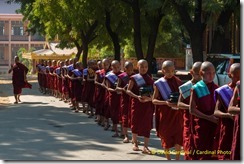 Buddhist monks don’t eat after noon, although young novices like these sometimes get another meal in the afternoon. Their procession to receive their morning meal is always a colorful sight. The novices stream out of their dormitories, arrange their robes, and walk silently towards the dining room.
Buddhist monks don’t eat after noon, although young novices like these sometimes get another meal in the afternoon. Their procession to receive their morning meal is always a colorful sight. The novices stream out of their dormitories, arrange their robes, and walk silently towards the dining room.
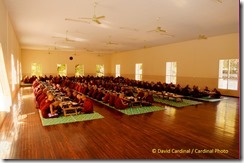 To those used to dining halls in schools throughout the US and Europe, the sight of several hundred young boys (novice monks) eating in an orderly fashion in near silence is novel. On the day we were at the monastery a wealthy businessman had donated the food, so there was an unusually good variety of food on offer for the monks and novices. Well-known monasteries actually do quite well in gathering contributions.
To those used to dining halls in schools throughout the US and Europe, the sight of several hundred young boys (novice monks) eating in an orderly fashion in near silence is novel. On the day we were at the monastery a wealthy businessman had donated the food, so there was an unusually good variety of food on offer for the monks and novices. Well-known monasteries actually do quite well in gathering contributions.
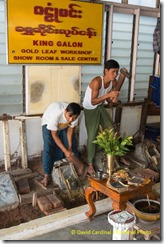 When I first asked who wanted to see the process of making gold leaf, there wasn’t much enthusiasm. Until I explained roughly how it is done. Because the gold leaf is holy, and is used to decorate religious shrines like the Mahamuni Buddha, it is made by hand following ancient traditions. Placed between leather and special paper, the gold is pounded for several hours, recut, and pounded again. The sledgehammer-wielding pounders are very experienced and hammer away in unison, making for interesting photos and video. It is even more fun to watch when there are three of them, but we did get to see two working. Timing your shots to get a good composition of two moving people whose faces are often obscured by a large object – in low light – is a fun photo challenge.
When I first asked who wanted to see the process of making gold leaf, there wasn’t much enthusiasm. Until I explained roughly how it is done. Because the gold leaf is holy, and is used to decorate religious shrines like the Mahamuni Buddha, it is made by hand following ancient traditions. Placed between leather and special paper, the gold is pounded for several hours, recut, and pounded again. The sledgehammer-wielding pounders are very experienced and hammer away in unison, making for interesting photos and video. It is even more fun to watch when there are three of them, but we did get to see two working. Timing your shots to get a good composition of two moving people whose faces are often obscured by a large object – in low light – is a fun photo challenge.
The U Bein bridge has become a favorite sunset destination. There are certainly many more tourists there than when I first visited nearly a decade ago. Fortunately the boatmen (the classic shots are captured from a small, rowed boat) have figured out that if they arrange themselves in a line, no one gets in each other’s way. The classic shot is of monks, or bicycles, or women with baskets on their head. We got plenty of those, but I also enjoyed this image clearly showing a “civilian” taking a photograph of monks crossing the bridge in the sunset.
Mandalay features more than one place to get some colorful sunset shots. Mandalay Hill is a popular favorite, with full skies sometimes offering dramatic cloud formations like this one:
Onward from Mandalay
From Mandalay, a few of us had to leave this fairytale land and head home. The rest of us boarded our chartered yacht (at 113’ long, made out of teak, with 5 cabins that might as well have been hotel rooms on the water I’m not sure what else to call it). I’ll be posting separately some of our experiences on the boat as we sailed up north into the controversial Kachin State, ending at the seldom-visited town of Bhamo.
Back in Yangon, Jerry wanted to photograph the famous Shwedagon from a different perspective. The lions (trunkless version![]() ) on the western gate fascinated him. So we spent part of our afternoon strolling around Kandawgyi Lake, winding up at the Shwedagon lions. We couldn’t decide quite how tall they were, but over 30’ seems like a good estimate:
) on the western gate fascinated him. So we spent part of our afternoon strolling around Kandawgyi Lake, winding up at the Shwedagon lions. We couldn’t decide quite how tall they were, but over 30’ seems like a good estimate:
And no trip would be complete without a sunset photo. We have plenty of great sunsets in Myanmar, over water, over land, and over temples. They always made for a great ending to the day:
It is hard to capture even a fraction of the experiences we had during our trip in just a few images, but hopefully these give you a flavor of visiting one of the most amazing countries in the world. If you’d like to join us for an experience like this, we’ll be returning in December with another group.


